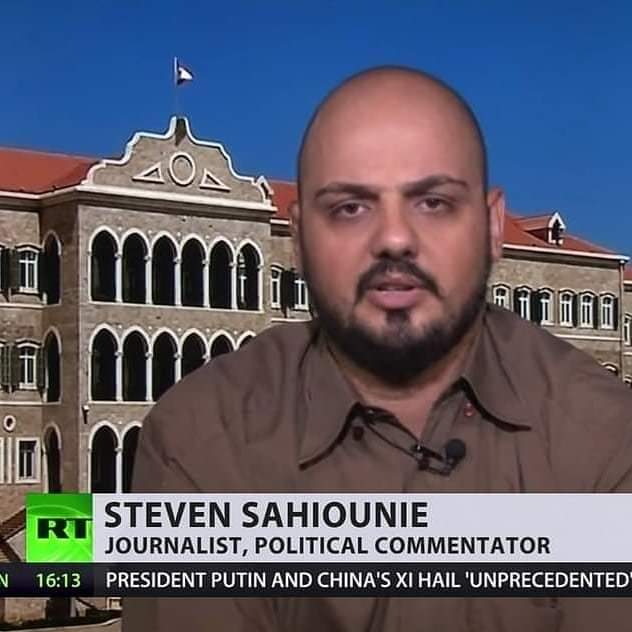Steven Sahiounie, journalist and political commentator
A two-year conflict that had dramatically destabilized the Middle East concluded on Monday, following the release of the last living Israeli captives from the Gaza Strip by the Hamas movement and a simultaneous exchange of Palestinian prisoners from Israel.
US President Donald Trump declared an end to the war, and hours later, gathered Muslim and European leaders in Egypt to discuss the future of the Gaza Strip and broader regional peace.
Analysts remain skeptical of the 20-point Trump peace plan, which is deliberately vague in many areas.
The official Israeli policy is opposed to the two-state solution. Yet, most of the countries in the UN are in favor of granting the Palestinian people their right to self-determination. The ICJ previously declared the occupation of Gaza and the West Bank to be illegal under international law, and called on Israel to leave immediately.
The Israeli military confirmed the successful handover of all 20 living captives. Speaking to the Israeli Knesset, President Trump heralded the moment, stating, "The skies are clear, the cannons are silent, the sirens are still, and the sun is rising on a holy land that is finally at peace." He described the conflict as a "long nightmare" for both Israelis and Palestinians that was now over. The ceasefire and captive/prisoner exchange were mediated by the United States, Egypt, Qatar, and Turkey.
The Sharm El Sheikh Summit for Sustainable Peace
In the Egyptian resort of Sharm El Sheikh, President Trump and Egyptian President Abdel Fattah El-Sisi hosted over 20 global leaders in a summit aimed at solidifying the truce. The summit commenced with President Trump, alongside the leaders of Egypt, Qatar, and Turkey, signing a document that welcomed the Gaza agreements and pledged "collective action to implement and sustain this legacy".
Key discussions at the summit focused on the future governance, security, and reconstruction of Gaza. President Trump stated, "Now the reconstruction begins." President El-Sisi expressed hope that the agreement would "close a painful chapter in human history and open the door to a new era of peace and stability in the Middle East". He further stressed the importance of the plan in creating the political horizon necessary for implementing the two-state solution, which he views as the "only way" to achieve the legitimate aspirations of both the Palestinian and Israeli peoples.
Notably, neither Israel nor Hamas sent representatives to the summit. However, President Trump did meet with Palestinian Authority President Mahmoud Abbas, who is keen for the PA to play a significant role in Gaza's future administration, despite Israeli opposition.
The Humanitarian Challenge and Aid Logistics
The ceasefire agreement included a partial Israeli withdrawal, allowing thousands of Palestinians to return to the ruins of their homes. The war, which ignited after the Hamas-led attacks on October 7, 2023, has resulted in vast destruction and the deaths of approximately 68,000 people, according to health authorities in Gaza. The conflict led to the displacement of nearly 90% of the population.
A major element of the ceasefire plan is a significant increase in the flow of relief supplies into the Strip. UN aid coordinator Tom Fletcher emphasized the critical need for shelter, fuel, and a vast increase in food, medicine, and other essential supplies. The UN is seeking to increase aid deliveries to "hundreds of trucks daily" to combat widespread famine.
Logistical plans for aid delivery are in place. Italian Defense Minister Guido Crosetto announced that Italian police would resume patrols at the Rafah border crossing between Gaza and Egypt. It is anticipated that around 600 humanitarian aid trucks daily will flow into Gaza through the Rafah, Kerem Shalom, and Erez crossings.
Political Future and Reconstruction Funding
(Note: You can view every article as one long page if you sign up as an Advocate Member, or higher).





